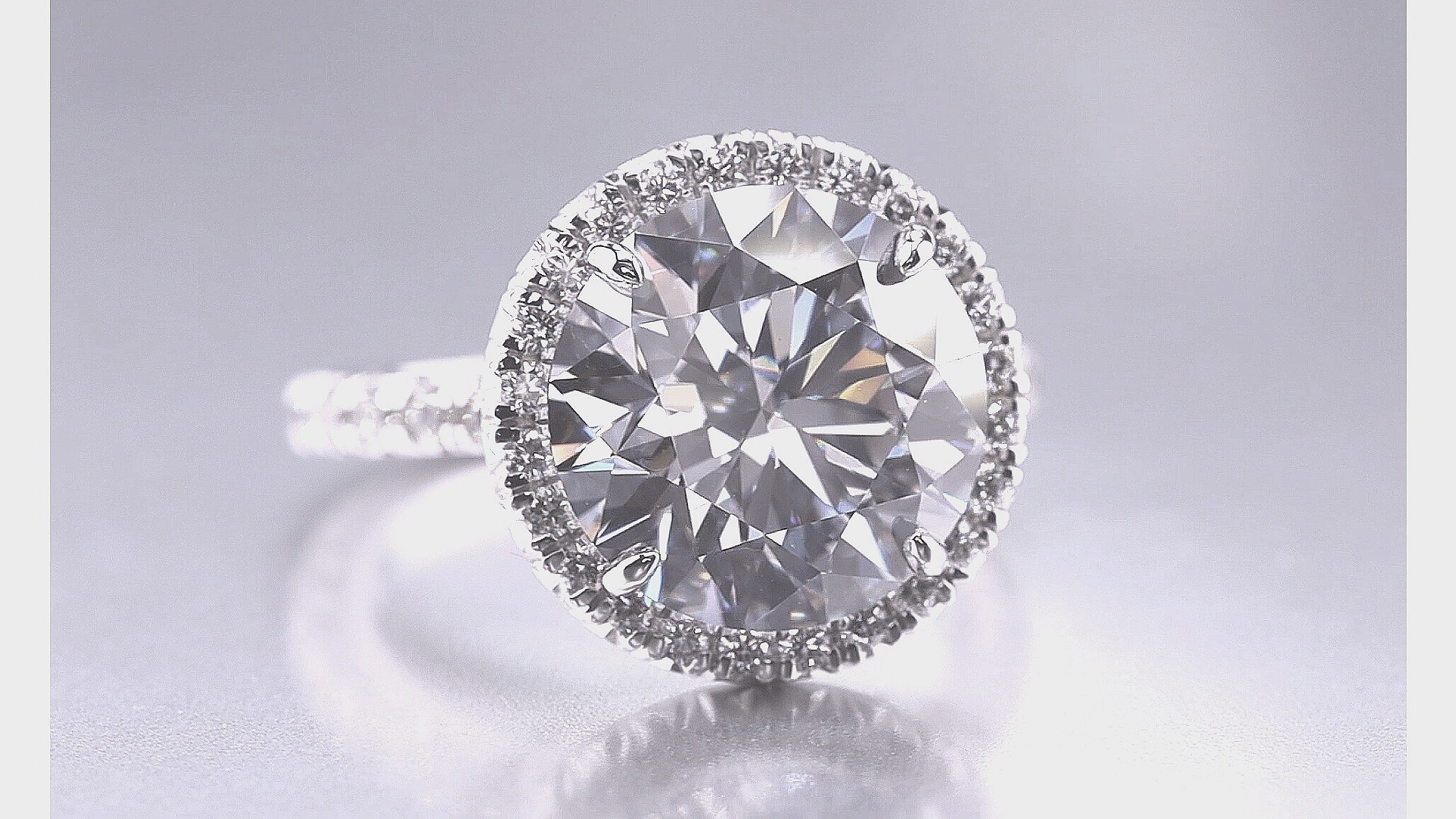How are Lab Grown Diamonds Made?
There are two main processes used to create lab-grown diamonds:
1. High Pressure, High Temperature (HPHT)
With this method, laboratory-grown diamonds are created in laboratories that mimic the high pressure, high temperature conditions of natural diamond formation in the earth. HPHT diamond growth occurs at pressures of 5–6 GPa (closely equivalent to the pressure exerted by a commercial jet airplane if balanced on the tip of a person’s finger) and at temperatures of 1300–1600°C.
Lower-quality diamonds, (both natural & lab-grown), can also be put through the HPHT process to improve color and clarity. In addition to making diamonds more colorless, this process can be used to change the color of diamonds into pink, blue or yellow. The diamond would then be called a “treated” diamond.
2. Chemical Vapor Deposition (CVD)
This newer technique enables scientists to grow laboratory-grown diamonds using moderate temperatures (700°C to 1300°C) and lower pressures. Carbon-containing gas is pumped into a vacuum chamber, depositing onto a diamond seed and crystallizing as laboratory-grown diamond. The eventual size of the diamond depends on the time allowed for growth.
Lab-grown diamonds have essentially all of the same chemical, optical & physical properties and crystal structure as natural diamond, along with the same fire, scintillation, and sparkle.
Since no mining is necessary to produce these gemstones, they are an especially environmentally friendly choice.
History of Lab-Grown Diamonds
1950s: Laboratory-grown diamonds were first produced using the high pressure, high temperature (HPHT) method for industrial purposes and were used in telecommunications & laser optics, as abrasives, and more.
1970s: General Electric researchers created the first gem-quality laboratory-grown diamonds. They were of high enough clarity and large enough size to be used as gems in jewelry.
Mid-1980s: Manufacturers grew commercial quantities of gem-quality laboratory-grown diamond crystals. These lab-created diamonds were mostly small and yellowish or brownish in color at first, but their quality improves over the ensuing decades.
2000s: Diamonds were created using the chemical-vapor deposition (CVD) method, which requires lower pressure and temperatures than the HPHT method.
Mid-2010s: Colorless lab-made diamonds are available in the jewelry market in commercial quantities. Both HPHT and CVD continue to be popular methods of laboratory-grown diamond production.

